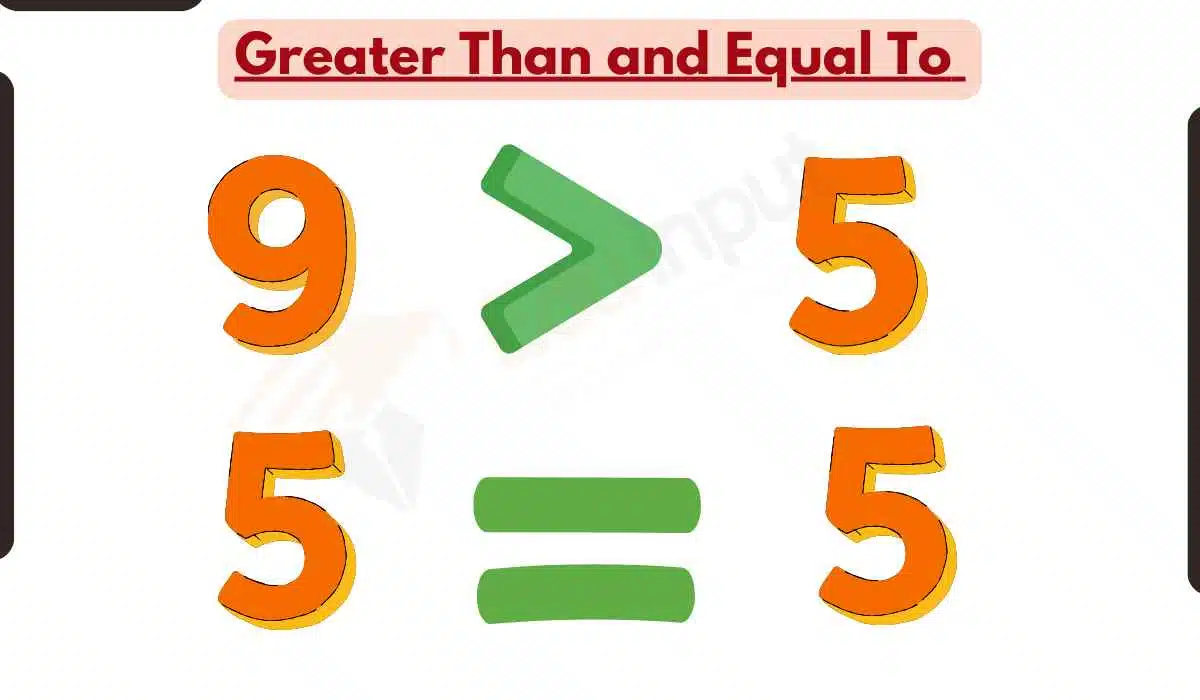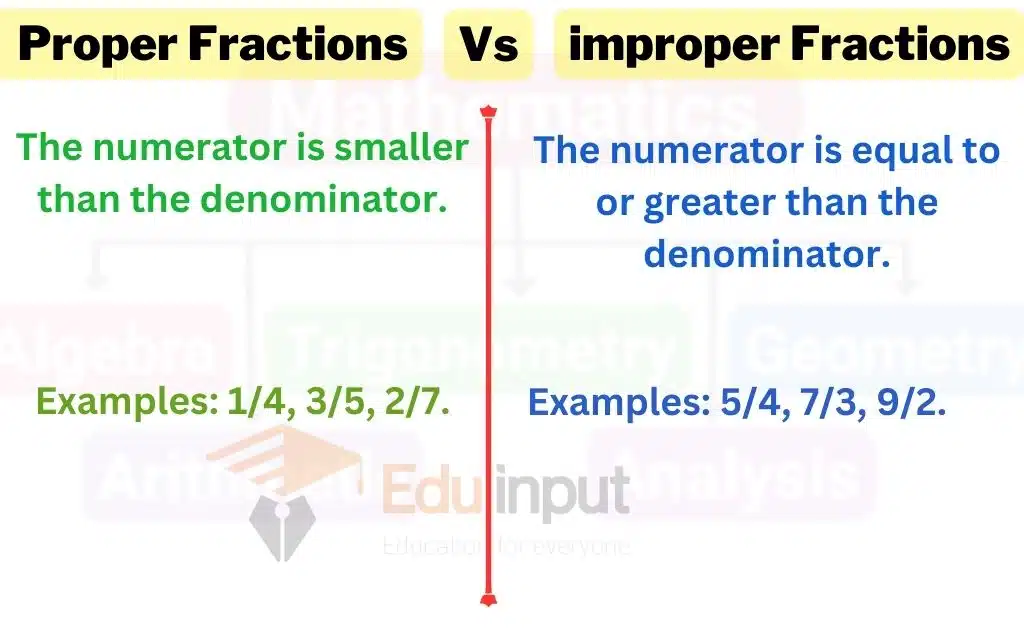What is Division Mean in Math?-Division Algorithm
Division is one of the four basic math operations, the others being addition, subtraction, and multiplication. In simpler terms, division can be seen as breaking a large group into smaller groups such that each group will have an equal number of items.
It’s an operation mostly used for equal grouping and sharing in mathematics. In this article, you will learn about the division operation in mathematics in more detail.
What is Division?
Division is one of the basic math operations, and it is the inverse of multiplication. In division, a larger number is broken down into smaller groups that have the same number of items.
For example:
6 ÷ 2 = 3
8÷4=2
Division Symbol
There are two types of division symbols that denote the division of two numbers: the division sign (÷) and the division slash (/).
For example,
6 ÷ 2 = 2, and 6/2 = 2.
How many Parts of the division?
Parts of division mean the name of the terms associated with the division process. There are four parts of the division, which are dividend, divisor, quotient, and remainder. Let us look at an example of division given below and understand the meanings of these four parts of the division.
Division Algorithm
The division algorithm is an equation that forms a relationship between all four parts of the division. In any division fact, the product of the divisor and quotient added to the remainder is always equal to the value of the dividend. Thus, the general formula of division is: Dividend = (Divisor × Quotient) + Remainder. This is known as the division algorithm.
The above formula helps us to verify the values of quotient and remainder obtained after performing division. We can substitute the values of the quotient, remainder, and divisor in the above equation and check whether the result is the same as the dividend or not.
If we get the dividend, it means we have done the steps of division correctly. If not, it means there is an error in our calculations that we need to rectify. Let us take one example and see if it satisfies the above division algorithm or not. Divide 17 by 3. 17 divided by 3 will give us 5 as the quotient and 2 as the remainder.
Dividend = (Divisor × Quotient) + Remainder
17 = (3 × 5) + 2
17 = 15 + 2
17 = 17
Hence verified.







Leave a Reply